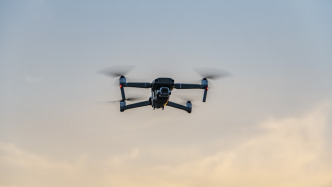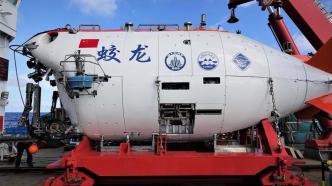According to astronomy science experts, during the period from the 2nd to the 15th day of the first month of the lunar calendar, Jupiter, Venus, Saturn, Mars and the moon will appear in the sky at dusk every day. One view.
Wang Kechao, director of science popularization at the Purple Mountain Observatory of the Chinese Academy of Sciences, said that the so-called "five stars together", in layman's terms, is an astronomical phenomenon in which five celestial bodies appear on one side of the sun "in the same frame" and can be observed by our naked eyes at the same time. When this kind of celestial phenomenon appears, the public can identify various celestial bodies according to their azimuths and understand their operating laws, which is not only interesting but also increases astronomical knowledge.
The order of the positions of the "five planets together" this time, the four planets are Saturn, Venus, Jupiter, and Mars from west to east, and the position of the moon has changed a lot. For example, on the second day of the first month of the lunar calendar, the moon is below Venus and Saturn, and the three form a triangle; on the third and fourth day of the first month, the moon moves between Venus and Jupiter; on the fifth day of the first month, the moon is between Jupiter and Mars, Closer to Jupiter.
"It's not uncommon for the moon and the planets in the solar system to see five stars at the same time." Wang Kechao introduced that the planets in the solar system orbit the sun in their own independent orbits, and their orbital periods are different, while the moon will be in the sun every month. The sky runs for a week. When they appear on the side of the sun, they can be seen by us at the same time, and they will be "in the same frame" visually.
"Watching 'five stars together' is a good opportunity to increase astronomical knowledge. This celestial phenomenon can be seen with the naked eye. If you use a telescope, you can also see more details of celestial bodies, such as Saturn's rings, Jupiter's Great Red Spot and its 4 a large satellite, the craters of the moon, etc." Wang Kechao said.





Comments